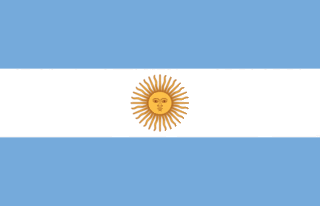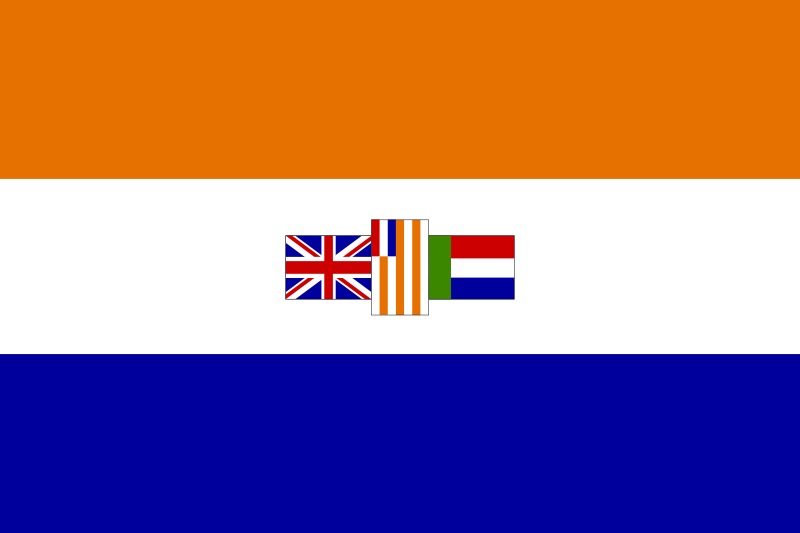"Pan-Padanism" is something related, but different. It's the concept of acknowledging a diaspora, and getting in touch with manifestations of a root-culture in different parts of the world. Here in northern California, we are at least fifty years removed from even a small degree of immigration from the Cisalpine ancestral homeland... which was chiefly from the northwest region. However, there was a type of chain-migration which existed for about a century. Still, fifty years--and it's really more like seventy years--is a long time. We've collectively lost touch. If we wish to get back in touch, then wouldn't it be best to do it globally?
Regions and flag ideas
Europe
Naturally we would look to the Lega Nord political party for inspiration. The proposed flag (see above) is an ancient green rosette/sun of the alps symbol on white background. They used green as it's a Celtic color; however, sometimes blue or red have been associated with the Celts/Gauls. I think "Gaulish"--or "Celto-Gaulish"--is more the term to describe that part of Cisalpine history. The flag's alternative would be white rosette on green background; as would any Cisalpine flag discussed below.
 South America
South AmericaArgentina is the largest "Cisalpine colony" outside of the ancestral homeland. A significant (one-third?) percentage of the Argentine population is of Cisalpine ancestry. More generally, the "cone of South America" was a region of great settlement of Lombardians, Ligurians, Piedmontese, etc. Argentina clearly stands out, and it's flag is bacially light blue and white. A light blue rosette on white background would seem to be a natural flag for the South American colony in general.
North America
Northern California stands out as the chief area of past settlement of the Cisalpine peoples on this continent. The California flag is mainly red and white. The largest country, Canada, has a red and white flag, Even the old "red ensign" flag of pre-1965 Canada was red. The flag of the United States is largely red and white. Even the Mexican flag is two-thirds "red and white." Yes, some of our people settled in Mexico along with some other non-Hispanic European immigrants.
Even beyond that, red and white seems to be the natural colors in Cisalpine history. The flags of Lombardy and Milano are red cross on white background, and sometimes the opposite, as well as historical Genoese flags. Also the flag of Piedmont is white cross on dark red background; and historical flags of Venice and Tuscany are red. The Lombardian Crusaders painted the red cross on white background on the walls of Jerusalem, and this symbol represents "the religion of our people" (the primary religion, not the only one--or lack thereof).
I would propose the red rosette on white background as the natural flag of the Cisalpines on this continent. The white rosette on red background may tend to look strange to others, but the red on white seems to emit positive energy. In general, the rosette/sun of the Alps symbol is now "the symbol of our people" in the same way that the ancient symbol of Saturn was adopted as the symbol of the Jewish people worldwide.. not just in Israel. Ironically, the Alpine-rosette shares some of the same mathematical dimentions as the Saturnian-hexagram.
 South Africa/Zimbabwe
South Africa/ZimbabweThe small Cisalpine population in what was Rhodesia, which included farming communities who fed the nation, has basically been dismantled permanently. Still, in South Africa there are Cisalpine communities, and the Cisalpines have been a part of the country for a long time. The old flag of South Africa was an orange-white-blue, top-to-bottom tricolor. The orange bar on top stood out, and could be used as the Cisalpine flag of the region. Orange rosette on white background--two-thirds of the old Afrikaner flag--but not the blue.... so it's not an "Afrikaner flag," but a mild reminder of the Cisalpine history in the region.
Australia/New Zealand
Both the flag of Australia, and the flag of New Zealand are blue with some white. Therefore, this darker shade of blue on a rosette on white background would seem to clearly be the colors of the Cisalpines of the region.
Alternate symbols
Many concerns adopt "alternate symbols" to use. I think any symbol, arms, or flags which are clearly part of our ancestral history are fair game. However, as sort've a second symbol, the Gothic-style Catholic cross is one which can be seen above-right; and as perhaps a third symbol, the solar cross seen above-right, symbolizing the various ancient spiritual traditions of the Cisalpine hearth which go back deep in our history. However, generally, Roman Catholicism is "the religion of our people."
.

